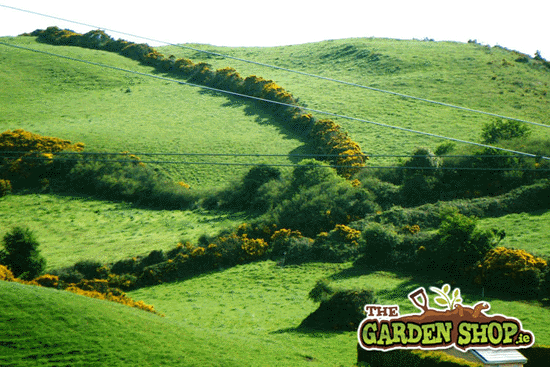The Importance of Hedgerows
Our native hedgerows are synonymous with the Irish landscape as the moment you enter the countryside, you and every field in sight are literally surrounded by them. Native hedgerows are an essential element of our countryside, not only are they a link to our past but they are also important ecosystems for plants and animals.

Many of our hedgerows were planted in Ireland in the 18th century when Penal laws required all plots of land to be defined and divided. This was when the first hedgerows that still exist today were planted.
Our hedgerows contain a mix of several native plant species. Hawthorn is the most common plant found in Ireland and it makes up the majority of all hedgerows. It was a perfect barrier plant as it's fast growing and thorny nature quickly formed a barrier to both people and livestock.
The biodiversity of hedges is what makes them such an important part of our countryside. The continuous network of hedging that weaves it's way around the land provides safe passage for insects and mammals away from preying foxes or other predators. This network of hedgerows is said to stretch up to 300,000km across Ireland.
Hedgerows are quite unique as they contain such as variety of plants in a small strip. They mimic woodland edges as they contain tall trees, lower growth, brambles and grassy patches. It is this mix of plant types and habitats in such close proximity that have hedgerows teaming with life. The mix of tall and low growth, combined with a range of food sources allows for many species to co-exist.
Food source includes the berries of hawthorn and bramble, nuts of the hazel and nectar of the flowers yarrow and elder
List of Common Hedgerow Plants
- Hawthorn (Can support about 200 different insect species)
- Blackthorn
- Elder
- Wild rose
- Guelder rose
- Hazel
- Willow
- Holly
- Bramble
- Some trees can include birch, oak, sycamore
- Some perennials can include yarrow, wood sorrel, Hogweed, angelica, cows parsley, Ragwort & buttercup







